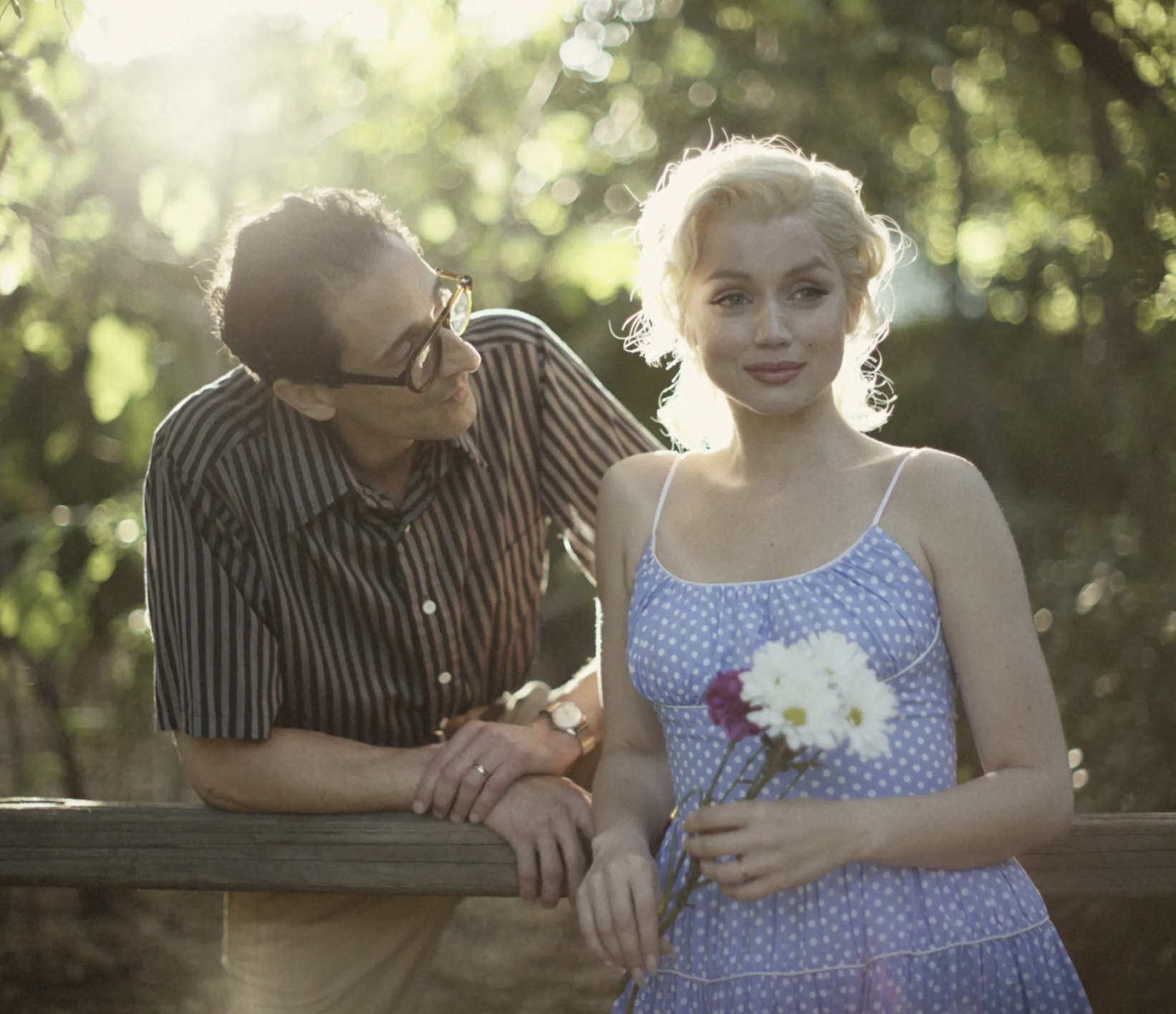The Final Girl: Feminist Representation or Misogynistic Trope?
Peyton Impola
Scream’s Sidney Prescott. The Texas Chainsaw Massacre’s Sally Hardesty. A Nightmare on Elm Street’s Nancy Thompson. Many horror movies end with one final girl or woman left standing to confront the killer that has wiped out the rest of the ensemble. The “final girl” trope has existed for almost as long as the horror genre but didn’t gain a strong footing until the 1970s. Since that time, the trope has seen a sharp spike in popularity. On the surface, this trope seems like a progressive display of feminist ideology. A strong, independent “girl boss” defeating an otherworldly killer, and outlasting the rest of the ensemble. It’s nothing other than a show of the strength women show, right?
Wrong.
The final girl trope is deeply rooted in misogyny. While prejudice can be examined in multiple aspects of the final girl, it is most evident in the type of girl that survives the film. In most cases, the final girl is a straight, white woman, who is morally and intellectually superior to others in the film. She shies away from the morally repugnant activities companions partake in, like drinking or drug use. She abstains from any sexual activities, unlike her female counterparts. She serves as a voice of reason, is practical and alert, and all in all, represents the “gold standard” for women in our society. Most importantly, she survives. Girls who defy societal expectations for women die violent deaths in horror movies, while the sweet, moral, and virtuous girls prevail against the evils of their worlds.
The final girl trope is a subliminal commentary on the behavior expected from women in our society. The implications of the final girl trope are obvious–girls who are seen as “good” in society’s eyes will prevail, while girls who stray from societal norms and expectations fall victim to cruel and painful deaths. The trope seeks to shame women for behaving in any way that is not deemed “ladylike.” So, while the inclusion of a strong woman surviving the horror movie may seem progressive on the surface, it is more than evident that this trope is not as positive as it may seem.
Moreover, the film industry as a whole has a history of using females as vessels for pain and suffering. Hollywood loves to profit off of female suffering. By making the last one standing in a horror movie a female, filmmakers are in turn inflicting a great deal of pain onto these fictional characters. Male directors may feel that by making women the sole survivors of tragic and horrific events in their films they are scoring points with audiences for being “woke.” In reality, they are just masquerading as feminists while fetishizing female pain.
While using the final girl trope in film may seem like a representation of strong women in media, it can easily slip into a misogynistic caricature of femininity. If Hollywood wishes to make the horror film industry more inclusive for women, they would push more movies that boast female directors and pay their actors fairly regardless of sex. While you enjoy your favorite horror movie this Halloween, I encourage you to think deeper about the role the final girl may play in the film and ponder whether or not she is a true feminist icon.
Sources:






